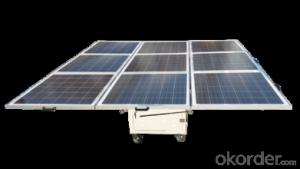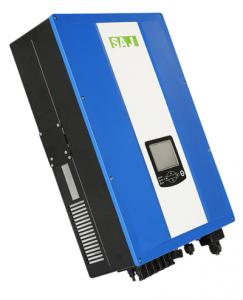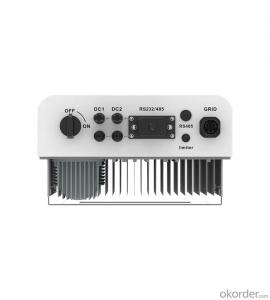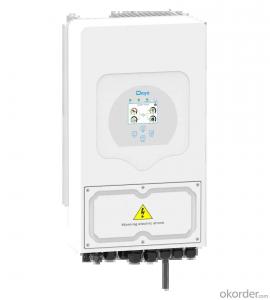2kva Mppt Solar Inverter
2kva Mppt Solar Inverter Related Searches
2kw Mppt Solar Inverter 2kva Solar Inverter Mppt Solar Inverter 5kva Mppt Solar Inverter 2kv Solar Inverter Mppt Solar Power Inverter Solar 2kw Inverter 12v Mppt Solar Inverter 2kw Solar Inverter 2 Kv Solar Inverter 3kva Mppt Solar Inverter Dual Mppt Solar Inverter 2kw Inverter Solar Mppt Inverter Solar 1kw Mppt Solar Inverter 2kva Solar Hybrid Inverter 5kw Mppt Solar Inverter 2 Kva Solar Inverter Mppt Solar Inverter 3kva 2.5 Kva Mppt Solar Inverter 5kva/48v Mppt Solar Inverter Microtek Mppt Solar Inverter 3 Mppt Solar Inverter 2kw Solar Hybrid Inverter Mppt Hybrid Solar Inverter Mppt Solar Hybrid Inverter 24v Mppt Solar Inverter 2 Kilowatt Solar Inverter Mppt Based Solar Inverter Mppt Solar Pump Inverter2kva Mppt Solar Inverter Supplier & Manufacturer from China
The 2kva Mppt Solar Inverter is a high-performance solar power conversion device designed to optimize the energy output from solar panels by utilizing Maximum Power Point Tracking (MPPT) technology. This advanced inverter maximizes the efficiency of solar energy conversion, ensuring that the system operates at the peak power point under varying weather conditions and sunlight intensities.The 2kva Mppt Solar Inverter finds its application in various scenarios, including residential, commercial, and off-grid systems. It is particularly useful for powering homes, businesses, and remote locations where access to traditional power sources may be limited. This versatile inverter is designed to handle the demands of different energy requirements, making it a reliable choice for a wide range of solar power applications.
Okorder.com is a reputable wholesale supplier of the 2kva Mppt Solar Inverter, offering a large inventory to cater to the needs of various customers. With a commitment to quality and customer satisfaction, Okorder.com ensures that the 2kva Mppt Solar Inverter is available at competitive prices and with prompt delivery, making it an ideal choice for those looking to invest in efficient and reliable solar power solutions.
Hot Products











































